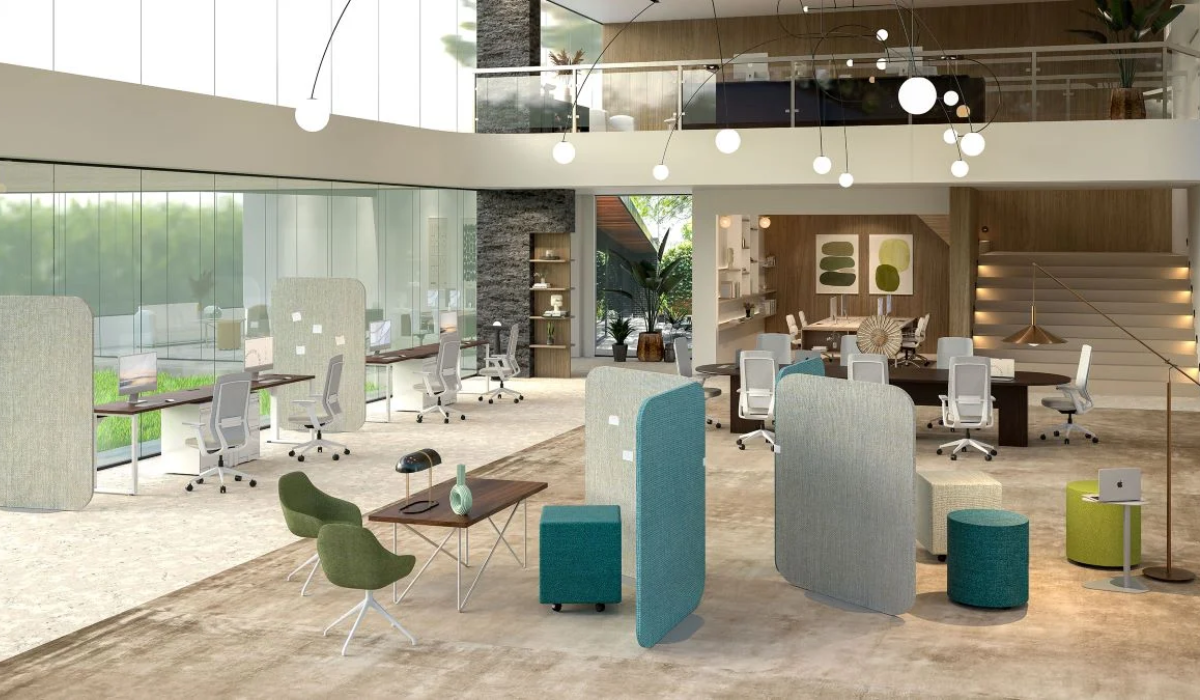As temperatures drop, maintaining a comfortable and safe working environment becomes essential for both productivity and employee wellbeing. In many industrial and commercial settings, heating plays a crucial role in ensuring operations continue smoothly throughout the winter. From warehouses and workshops to construction sites and manufacturing plants, an efficient heating solution isn’t just about comfort—it’s about performance and safety.
The Impact of Temperature on Productivity
Research consistently shows that working in cold environments can significantly reduce efficiency and concentration. Employees who are exposed to cold temperatures often experience fatigue, muscle tension, and slower reaction times. For businesses that rely on precision and focus—such as manufacturing or logistics—these factors can lead to errors, lower output, and potential safety incidents.
By keeping workplace temperatures stable, companies not only improve comfort but also ensure machinery functions optimally. Many industrial tools and materials respond poorly to extreme cold, making controlled environments crucial for quality assurance.
Energy Efficiency and Cost Control
One of the key considerations for any business during the colder months is energy consumption. Heating large spaces can quickly become costly if systems are outdated or inefficient. Modern heating systems now incorporate smart thermostats, zonal heating controls, and energy recovery systems that minimise waste.
Investing in efficient heating isn’t just about reducing costs—it’s also part of a broader sustainability strategy. As industries across the UK commit to reducing carbon emissions, heating systems that balance power and efficiency are becoming a vital part of corporate responsibility goals.
Choosing the Right Heating Solution
When selecting heating equipment, it’s important to match the system to the size and layout of the workspace. Large open spaces like warehouses often benefit from high-output systems that distribute heat evenly without excessive energy use. For smaller or more enclosed spaces, portable or wall-mounted units may be more practical.
Safety should always be a top priority. Proper ventilation, temperature control, and regular maintenance are essential to prevent overheating and ensure compliance with workplace regulations. Ensuring the system operates within its designed limits can also extend its lifespan and reduce repair costs.
Reliable Heat for Demanding Environments
For operations requiring consistent and powerful warmth across expansive or uninsulated areas, one practical solution is an industrial fan heater. These devices deliver rapid, directional heat and are particularly effective in workshops, garages, and construction zones where maintaining constant airflow and temperature control is critical. Their durability and ease of deployment make them a popular choice for businesses needing flexibility without compromising safety or efficiency.
The Role of Maintenance and Monitoring
Regular inspection and maintenance are essential to keep heating systems operating safely and efficiently. Dust, debris, or obstructions can reduce airflow and cause systems to work harder than necessary. Incorporating a routine maintenance schedule—especially before winter—can prevent unexpected breakdowns and optimise energy use.
Smart monitoring tools can now track energy consumption and alert managers to inefficiencies. Over time, this data can inform better decisions on when to upgrade or adjust heating systems.
Future Trends in Industrial Heating
The future of industrial heating lies in sustainable innovation. Electric and hybrid systems are gaining traction, offering cleaner energy options with reduced operational costs. Meanwhile, advances in materials and design are improving heat distribution and control. Many businesses are now exploring renewable integration, such as solar-assisted heating or energy recapture from machinery exhaust systems.
With climate-conscious practices driving purchasing decisions, the coming years will see a surge in smart, adaptable, and energy-efficient heating solutions designed to meet environmental and operational goals simultaneously.
Creating a Comfortable and Productive Winter Workplace
Ultimately, maintaining a warm and efficient workspace during winter is an investment in both people and performance. Whether it’s through upgrading existing systems, adopting energy-saving technologies, or implementing smart maintenance strategies, the goal remains the same: creating an environment where work can continue safely, comfortably, and efficiently no matter how low the temperature drops.
By planning ahead and prioritising sustainable heating, businesses can ensure that productivity remains strong and operational costs stay manageable even during the coldest months.

